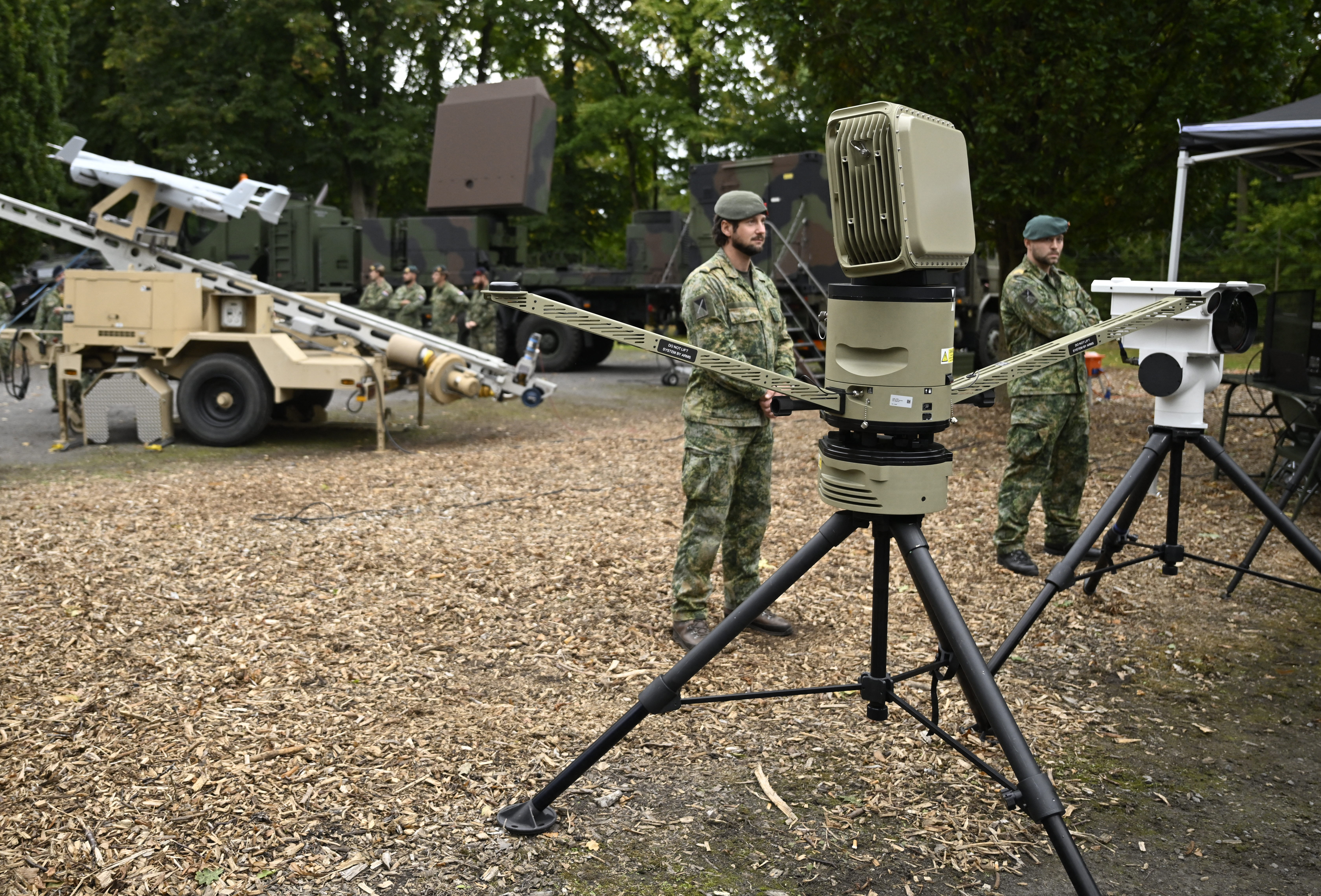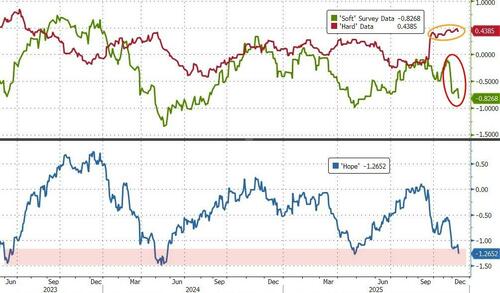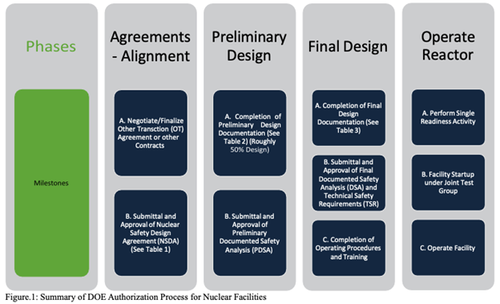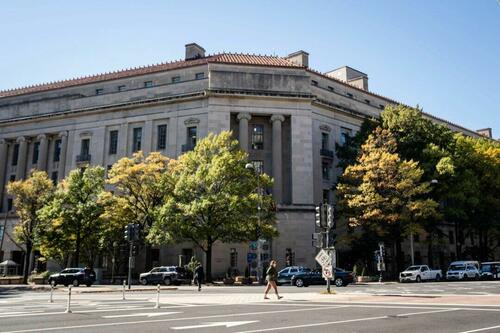
Pin High
By Benjamin Picton, senior market strategist at Rabobank
US equities closed little changed on Friday. Duration performed best, with the NASDAQ eking out a minor gain while the Dow Jones fell by 0.32%. Earlier in the day European stocks had struggled for direction. The FTSE100 closed 0.22% higher, while the CAC was mostly unchanged and the DAX lost a bit of ground.
Sovereign curves mostly bull-steepened over the course of last week though there were notable exceptions in the UK and Canada, who both saw steepening of the bear variety. The Australian front-end fell sharply after a soft employment report saw the unemployment rate leap from 4.1% to 4.3% and seemingly locked in another rate cut from the RBA on August 12th. Indeed, the lift in unemployment leaves the RBA looking a day late and a Dollar short after keeping policy rates unchanged in July, despite the market being fully-priced for a cut.
That soft read on unemployment also left the AUD a conspicuously poor performer. It’s down ~0.6% over the week, with the NZD now doing its best to catch up after the Q2 CPI report released this morning showed growth in prices of 0.5% QoQ, rather than the expected 0.6%. The beat mostly came courtesy of lower-than-expected tradable inflation which perhaps doesn’t change the outlook too much for the more domestically-focused RBNZ and lends some credence to ideas that other countries would import disinflation as the Chinese exportable surplus that usually heads to the US encounters tariff barriers.
The Taiwan Dollar and other Asian currencies in general have also had a bad run recently. The DXY continues its three-week climb and the US-adjacent MXN and CAD have also held up comparatively well. The JPY, meanwhile, has opened up bid this morning as traders wind back risk discounts following a poor election result for the ruling coalition over the weekend that has seen them lose their majority in the upper house.
Having no doubt spent the weekend tuned in to Scottie Scheffler’s dominant win in the British Open, President Trump is off to Scotland this week on a “semi-private” trip to inspect his golf properties. Later in the tour he will be meeting with UK PM Starmer who is continuing to lurch from bunker to bunker as crises as diverse as Britain’s parlous public finances (and the resultant bond market gyrations), creaking public services and the war in Ukraine all contribute to the perception of a political omnishambles.
By contrast, Trump probably feels like he is hitting pin-high on every hole after new housing starts, industrial production, producer prices, jobless claims, retail sales and the University of Michigan consumer sentiment index all printed better than expected in recent days.
Consumer sentiment rose from 60.7 to 61.8 with solid gains for both ‘current conditions’ and the ‘expectations’ sub-indices. 1-year inflation expectations moderated from 5% to 4.4%, while 5-10 year inflation expectations fell from 4% to 3.6%. Those inflation expectations figures are particularly interesting in the context of a slightly hotter-than-expected headline CPI figure last week and President Trump’s ongoing attacks on Fed Chair Powell. Main Street evidently disagrees with the orthodox view that exposing the price of money to political influence is anathema to low and stable inflation, or positive economic outcomes.
The Trump-Starmer meeting will likely focus on ending the war in Ukraine. Trump has recently authorized the transfer of US Patriot missile systems to Ukraine and Starmer recently met with both Emmanuel Macron and Friedrich Merz to thrash out details of the ‘Coalition of the Willing’ that he says could include a boots on the ground peacekeeping element. That is all very well in theory, but Vladimir Putin is unlikely to take a positive view of NATO troops on the Russian border and questions of logistics and arms production still linger. This as Politico warns that “an aging and increasingly impotent Europe is heading for bankruptcy unless it embraces major change…”
Trump has given Russia 50 days to agree to ceasefire terms after which he says the US will impose secondary sanctions on countries that continue to buy Russian exports (notably India and China’s purchases of Russian crude), effectively cutting of finance for the Russian war machine. Brent crude is up slightly this morning, but still a couple of Dollars below the levels reached last Monday when the secondary sanctions threat was first announced.
Aside from Trump’s tour of the UK, the highlight this week will likely be the ECB’s policy rate decision on Thursday. RaboResearch expects no change to the deposit rate at this meeting and we see the current 2% level as the likely the endpoint of the ECB’s cutting cycle. OIS futures still have one more cut priced for this year and while that’s not our baseline view, we certainly think it’s possible if tariffs bite harder than we currently expect.
Tyler Durden
Mon, 07/21/2025 – 11:25
ZeroHedge News
[crypto-donation-box type=”tabular” show-coin=”all”]












